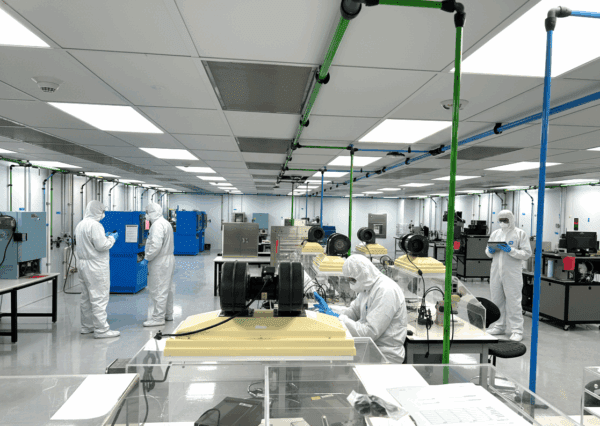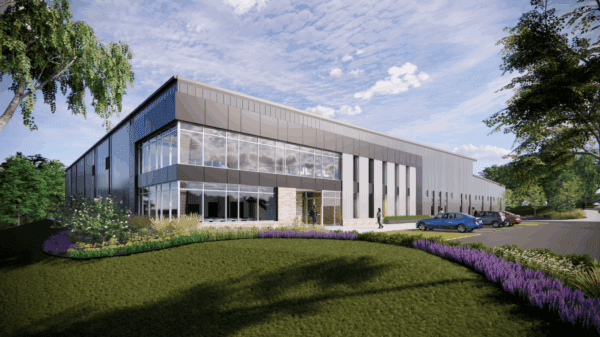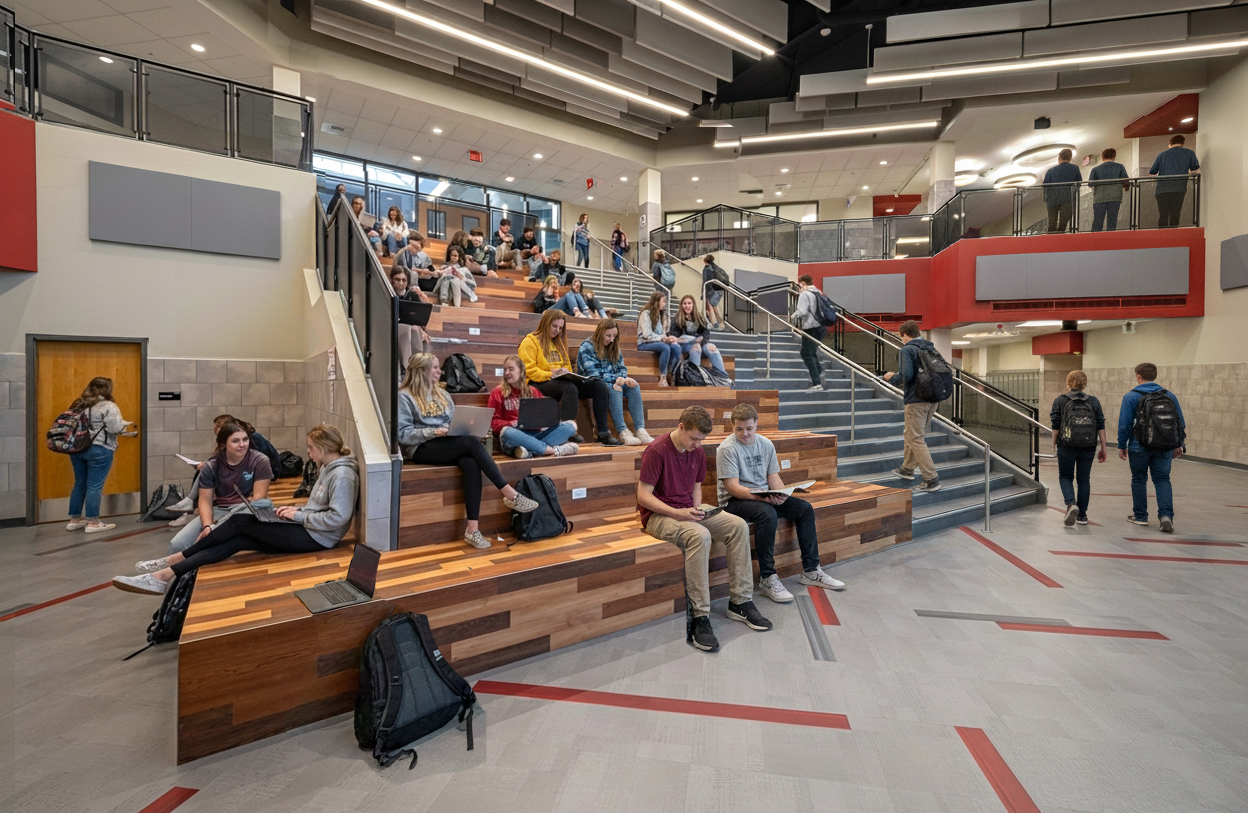The industrial sector is entering a period of rapid transformation. Automation, reshoring, Industry 4.0 technologies, and the increased demand for specialized research environments are changing how manufacturers operate and the environments they require to stay competitive.
Today, the most effective manufacturing facilities are more than places where production happens. They are strategic tools that accelerate innovation, streamline operations, and attract the workforce needed to sustain long-term growth.
At WMF, our recent work with advanced manufacturers and academic research partners such as Kyocera AVX and Penn State’s Center for Manufacturing Competitiveness has revealed a clear direction: the future of manufacturing belongs to facilities that are precise, adaptable, and people-centered.
Precision Environments That Improve Performance

Many advanced manufacturers, especially in electronics, materials, and engineered components, require environments with stringent controls. These spaces are engineered around:
-
Exact temperature and humidity requirements
-
Vibration isolation systems for sensitive testing or micro-scale assembly
-
High-purity air systems, up to near-cleanroom performance
-
Continuous-operation infrastructure that prioritizes reliability
In WMF’s work with Kyocera AVX, precision was paramount. By integrating architectural and engineering strategies early, the team created production and testing environments that support highly sensitive work without sacrificing operational efficiency.
Designing for Adaptability

Manufacturing processes evolve quickly, often faster than buildings can be renovated. A future-ready facility is intentionally designed to adjust over time with minimal disruption. Key strategies include:
-
Modular utilities that can be relocated or extended as processes change
-
Scalable MEP systems designed to support heavier loads or new technologies in the future
-
Flexible planning grids that allow equipment reorganization without major reconstruction
-
Shared-use lab spaces that encourage interdisciplinary models of research and testing
This adaptability reduces operational downtime and allows organizations to pivot quickly as markets or technologies shift. In high-tech industries, this agility can be a competitive advantage.
Human-Centered Manufacturing

The workers of today’s industrial sector expect more from their built environments and companies recognize that better spaces lead to stronger teams. Modern industrial design emphasizes:
-
Daylight, visibility, and transparency to strengthen safety and comfort
-
Ergonomic workflows that reduce strain, confusion, and unnecessary movement
-
Shared amenities that support collaboration and help recruit specialized talent
-
Clarity in circulation and process flow, improving both safety and productivity
In Penn State’s Center for Manufacturing Competitiveness, WMF’s design enhances faculty–student collaboration by organizing prototyping, metals, and plastics labs around shared circulation and transparent boundaries. The result is an environment that supports both academic research and hands-on experimentation.
Conclusion: Designing for What’s Next

Across the manufacturing sector, a new generation of facilities is taking shape: ones that are flexible enough to evolve, engineered for high-performance work, and responsive to the people who use them every day.
At WMF, we believe industrial design is a catalyst for innovation. By pairing technical expertise with a deep understanding of manufacturing workflows, we help clients build spaces that drive progress and remain adaptable for decades to come.



